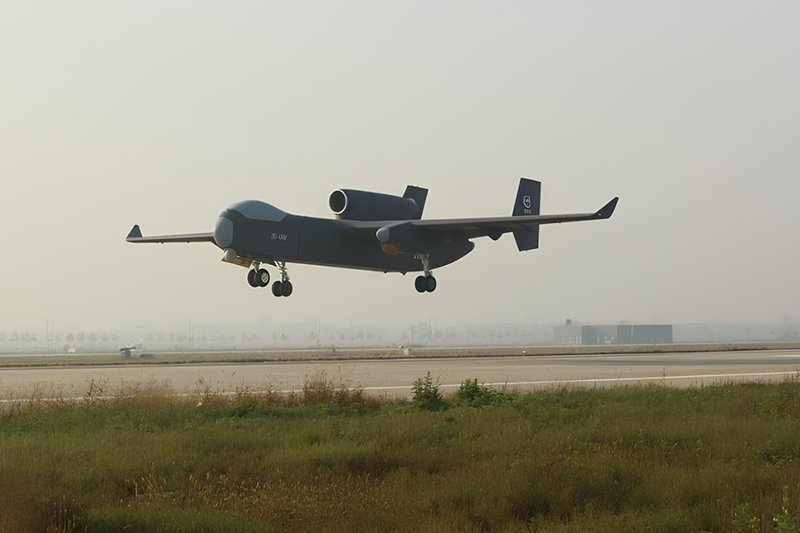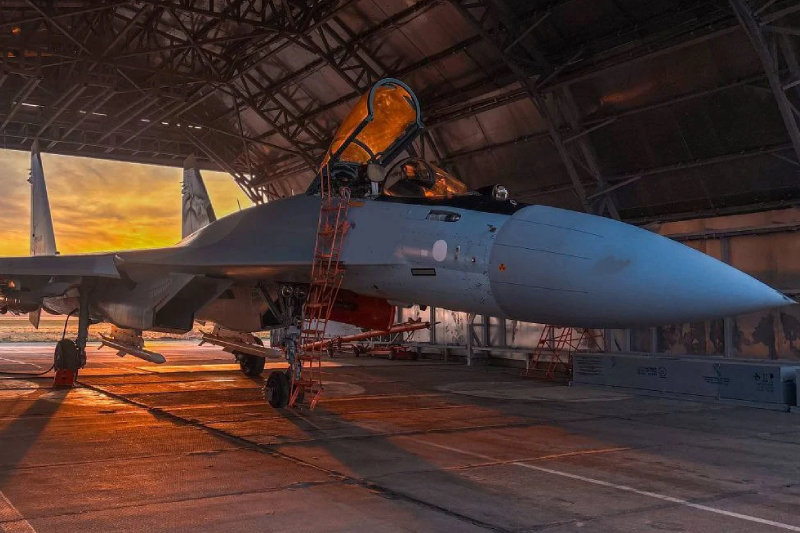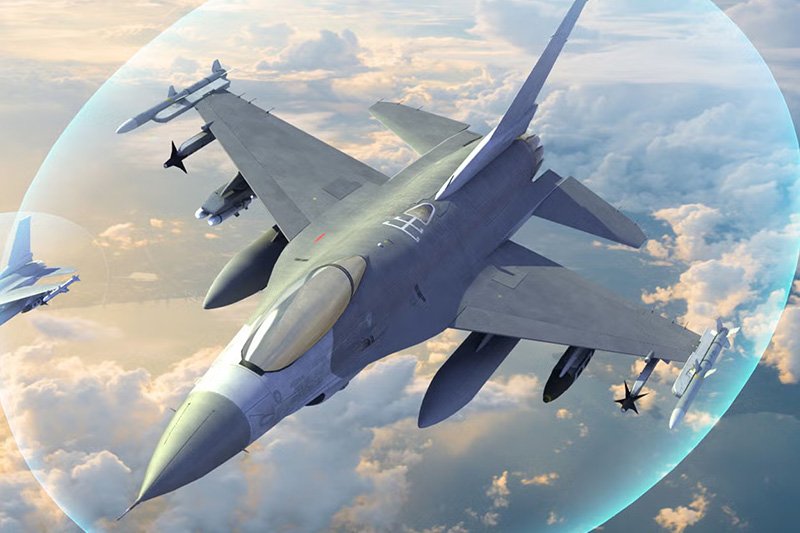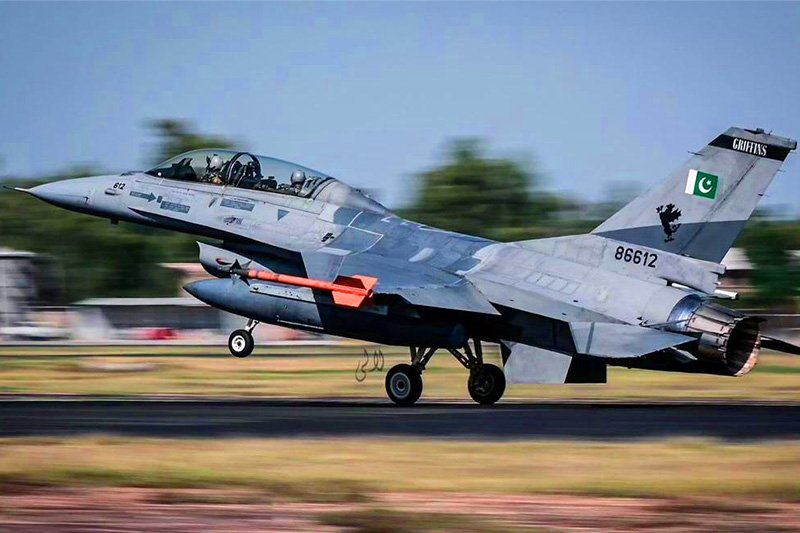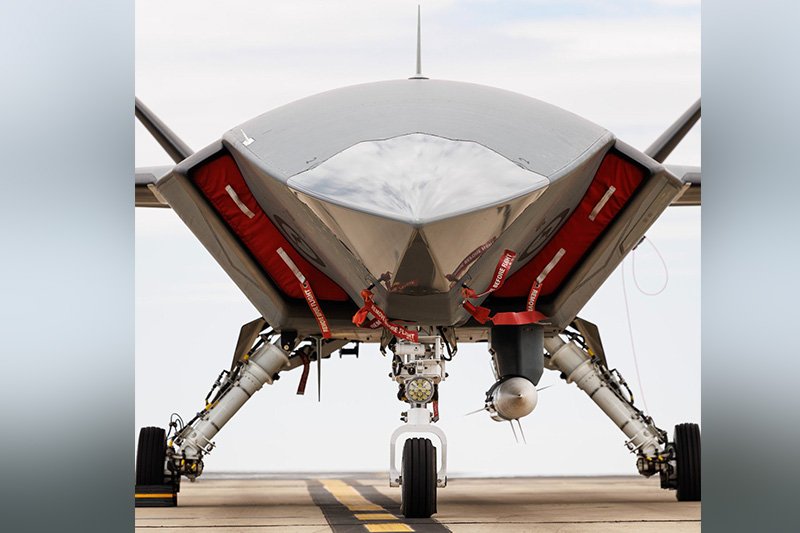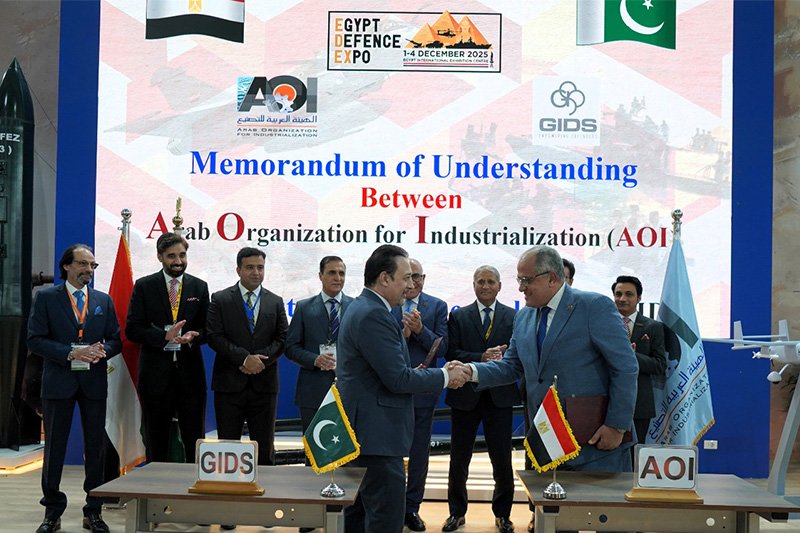South Korea Secures US Approval For Maverick Missile Purchase
The United States has approved a significant arms sale that will provide South Korea with 44 AGM-65G2 air-to-surface Maverick missiles along with comprehensive support services to enhance the nation’s precision strike capabilities. This strategic procurement strengthens South Korea’s ability to counter evolving regional threats while reinforcing interoperability with U.S. and allied forces throughout the Indo-Pacific region. The Maverick missile sale demonstrates continued American commitment to supporting key allies facing security challenges from North Korea and other regional actors through proven, reliable precision-guided munitions systems.
Comprehensive Procurement Package
The approved sale encompasses 44 AGM-65G2 Maverick missiles accompanied by U.S. government and contractor engineering, technical, and logistics support services. This comprehensive package ensures South Korea receives not only weapons systems but also the expertise necessary for effective integration and operational employment.
Additional program support elements include training services, technical documentation, spare parts provisioning, and ongoing maintenance support. This holistic approach ensures South Korea maximizes operational effectiveness from the missile acquisition while maintaining long-term system readiness.
Strategic Policy Alignment
The State Department emphasized that the sale supports US foreign policy and national security objectives by reinforcing defense capabilities of a key ally critical to Indo-Pacific stability. South Korea’s strategic position and economic importance make its security essential to broader regional stability and American interests.
The acquisition strengthens a major ally that serves as an important force for political stability and economic progress throughout the Indo-Pacific region. This strategic partnership extends beyond bilateral relations to encompass broader alliance networks and regional security architectures.
Enhanced Threat Deterrence Capabilities
The additional Maverick missiles expand South Korea’s capacity to counter evolving regional threats and deter potential aggression from adversaries. The precision strike capabilities provide flexible response options across diverse threat scenarios from conventional military operations to limited crisis interventions.
The State Department noted that the sale improves South Korea’s capability to meet current and future threats by increasing critical air defense and strike capabilities. These enhanced capabilities deter regional aggression while ensuring effective defense of South Korean territory and interests.
Seamless System Integration
South Korea already operates the Maverick system within its existing arsenal, enabling seamless integration of new missiles without requiring extensive modifications to aircraft or operational procedures. This compatibility reduces implementation costs while accelerating operational capability achievement.
The existing operational experience ensures South Korean aircrews possess the training and expertise necessary for effective missile employment. Continuity with current systems maximizes the immediate operational value of the acquisition while minimizing training requirements.
Regional Military Balance Maintenance
The US government assessed that the sale will not alter the basic military balance in the region, maintaining strategic stability while enhancing South Korea’s defensive capabilities. The limited quantity and defensive nature of the procurement support deterrence without creating offensive imbalances.
This measured approach reinforces defense capabilities while avoiding actions that might escalate regional tensions or trigger arms race dynamics. The careful calibration demonstrates American commitment to allied security within broader stability considerations.
RTX Corporation as Prime Contractor
RTX Corporation, based in Arlington, Virginia, will serve as the principal contractor for the missile sale. The company’s extensive experience with Maverick production and support ensures reliable delivery and quality assurance throughout the contract execution.
RTX’s established relationship with the US government and international customers provides confidence in program management and technical support capabilities. The contractor’s global support infrastructure ensures responsive service throughout the missile lifecycle.
Industrial Participation Considerations
While South Korea typically seeks industrial participation arrangements in major defense acquisitions, the U.S. government indicated no offset agreement currently exists in connection with this sale. Any offset arrangements would require direct negotiation between Seoul and RTX Corporation.
The absence of predetermined offset agreements provides flexibility for South Korea to pursue industrial cooperation terms aligned with national defense industrial development priorities. Direct negotiations enable customized arrangements addressing specific Korean industrial capabilities and objectives.
Implementation Without Additional Personnel
Sale implementation will not require additional U.S. government or contractor personnel to be stationed in South Korea, minimizing the acquisition’s footprint and political sensitivities. The streamlined approach leverages existing support infrastructure and South Korean technical capabilities.
The self-contained implementation approach demonstrates South Korea’s advanced defense industrial and operational maturity. Minimal external support requirements reflect the nation’s sophisticated military infrastructure and technical expertise.
No Impact on U.S. Defense Readiness
The missile transfer will have no adverse impact on US defense readiness, ensuring American military capabilities remain uncompromised while supporting allied requirements. The sale draws from production stocks rather than operational inventories, maintaining US force readiness levels.
This balance between allied support and national readiness demonstrates effective defense planning that addresses multiple priorities simultaneously. The approach ensures ally support enhances rather than detracts from overall alliance defense capabilities.
AGM-65 Maverick Development History
The AGM-65 Maverick, originally developed by Hughes Aircraft in the 1960s, represents one of the most successful precision-guided munitions in Western military arsenals. The missile entered US Air Force service in 1972 and has undergone continuous improvements and variants development.
The system’s longevity reflects its fundamental design effectiveness and adaptability to evolving requirements. Successive upgrades have maintained operational relevance across multiple decades and changing threat environments.
Global Deployment and Certification
The Maverick has been exported to more than 30 countries worldwide, demonstrating its international acceptance and reliability. The missile is certified on 25 different aircraft platforms, providing exceptional operational flexibility across diverse air forces and mission requirements.
This extensive certification base ensures compatibility with varied operational environments and force structures. The platform diversity enables nations to integrate Maverick capabilities regardless of their specific aircraft inventory composition.
Extensive Combat Experience
The missile has accumulated extensive combat experience across multiple conflicts including the Vietnam War, Yom Kippur War, Iran-Iraq War, Gulf War, and numerous regional operations. This operational heritage validates design effectiveness and combat reliability under diverse conditions.
Combat employment experience has refined tactics, techniques, and procedures while identifying continuous improvement opportunities. The extensive operational history provides confidence in system performance during crisis situations.
Precision Strike Mission Versatility
The AGM-65 Maverick engages a broad range of targets including armored vehicles, air defense systems, ships, ground transport, and fuel storage facilities. This target versatility makes it valuable across diverse mission profiles from close air support to interdiction operations.
The missile’s combination of reliability, accuracy, and versatility has made it essential for close air support and precision strike missions for over five decades. These characteristics ensure continued relevance despite proliferation of more modern systems.
Also read this: Romania Finalizes Deal For 216 US Abrams Tanks
Regional Security Context
The sale occurs amid heightened regional tensions and continued efforts by the U.S. and allies to strengthen deterrence capabilities against threats from North Korea and other regional actors. The security environment demands robust defensive capabilities backed by credible strike options.
Expanding South Korea’s precision strike options reinforces national defense while enhancing joint operational effectiveness with U.S. and allied air forces. This integrated approach to regional security maximizes collective deterrence and defense capabilities across the alliance network.
Keep connected with us at Facebook, Twitter, YouTube, Instagram & TikTok for latest defense happening around the globe.
Discover more from International Defence Analysis
Subscribe to get the latest posts sent to your email.


